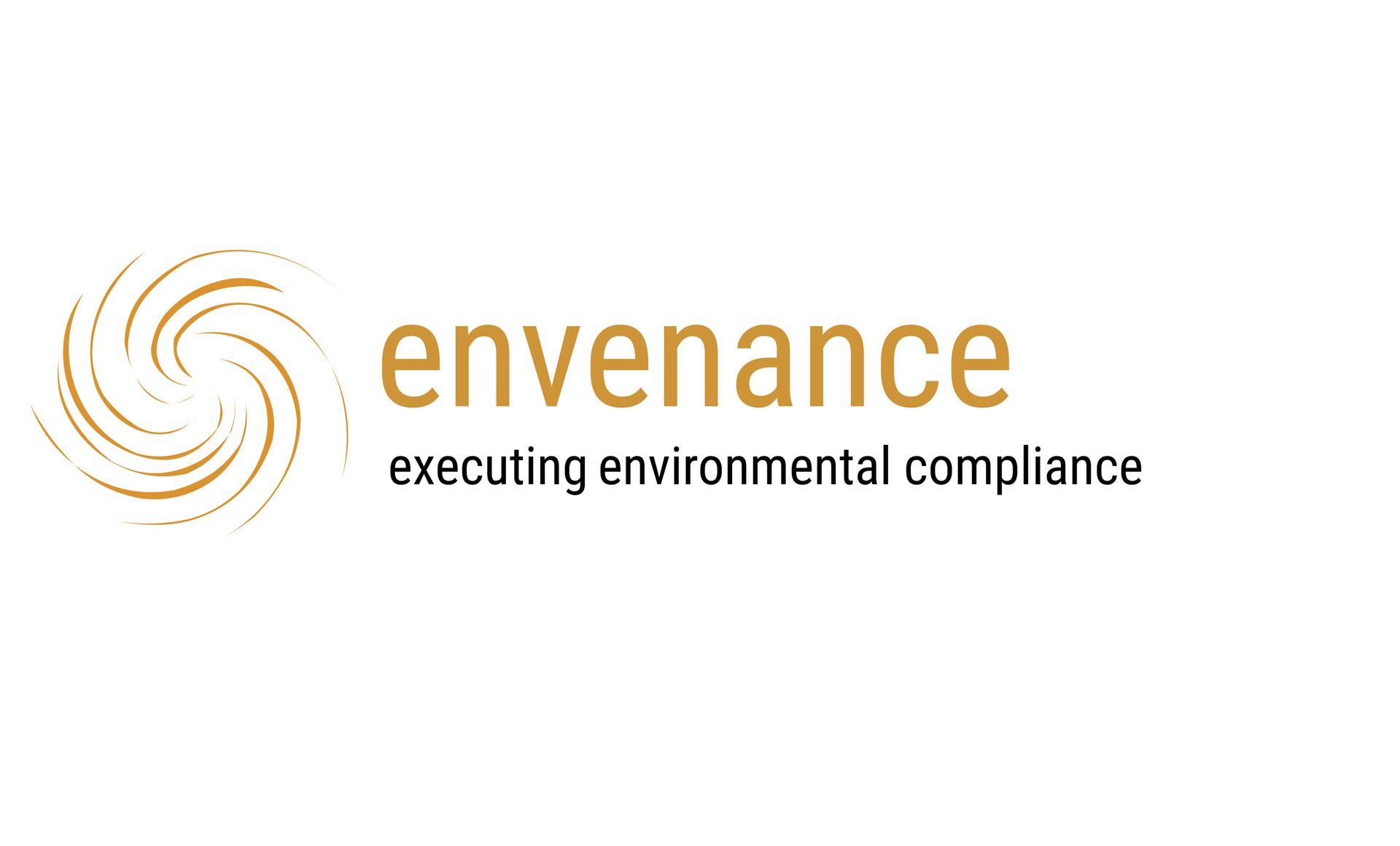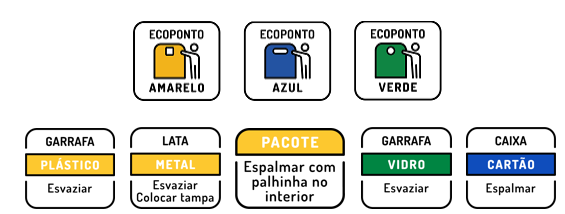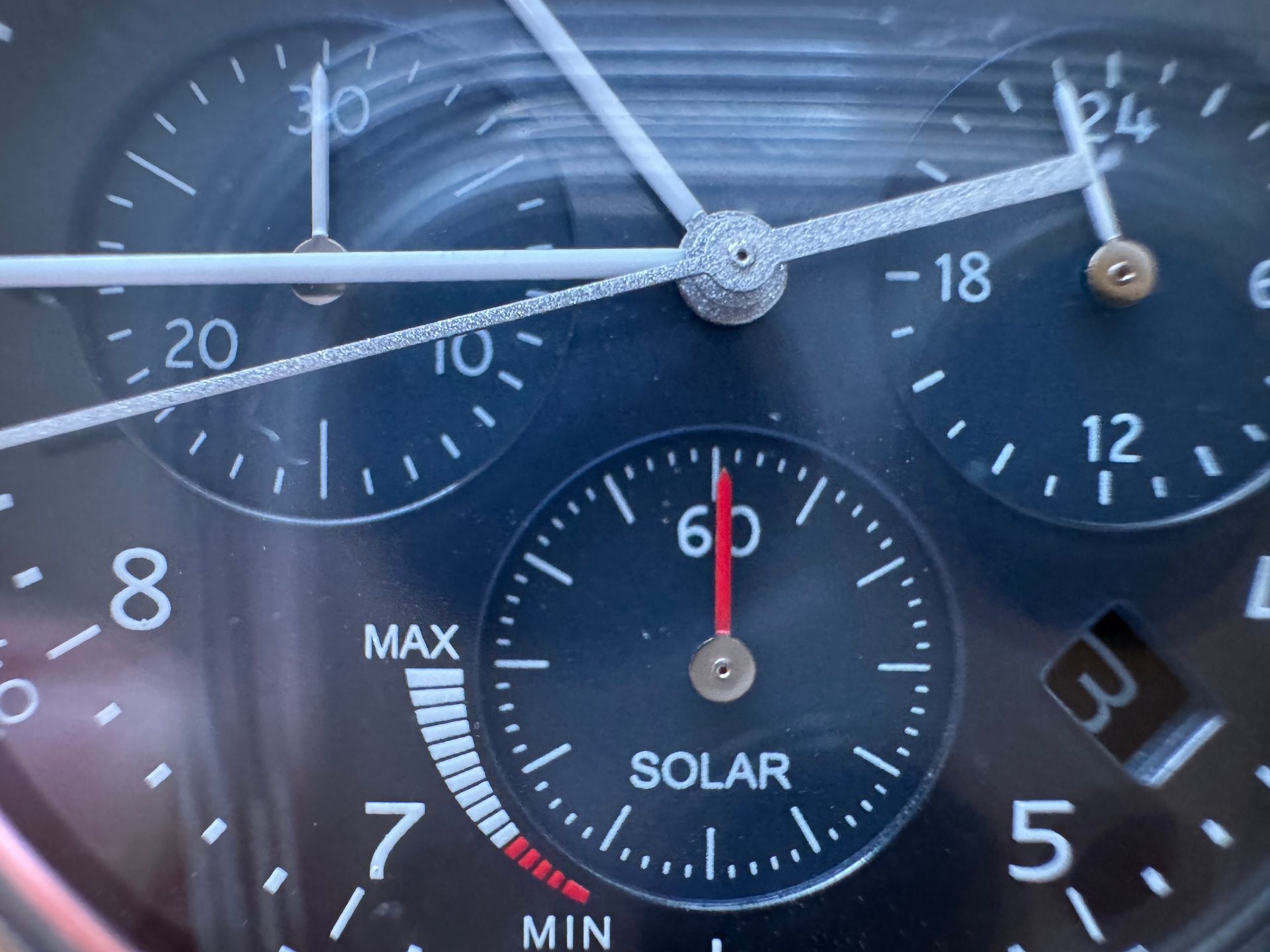Extended Producer Responsbility in South Africa. An overview.
envenance on compliance.
South Africa regulates the Extended Producer Responsibility by Section 18 of the Regulations of the National Environmental Management: Waste Act (NEMWA) which came into effect in 2021. https://www.gov.za/sites/default/files/gcis_document/202006/43481gon718.pdf)
The EPR Regulations apply to products according to the definition in section 18 (1) (a) of the Act and to the producers of those identified products published in the Government Gazette by the Minister. Based on those publications, the current scope spans across lighting equipment, a range of packaging including paper and plastic packaging, small, medium and large electrical and electronic equipment and batteries.
Companies in scope (“producers”) need to register with the Department of Forestry, Fisheries and Environment (DFFE). The registration is executed online on a S18 registration form and applies for South African companies with a registration number according to the Companies Act 2008 (Source: http://cr.environment.gov.za/)
The producers then need to ensure that all identified products are covered by an appropriate EPR Scheme / Producer Responsibility Organisation (PRO). Obligated producers can either join an existing PRO or form a new PRO.
Once a PRO is joined, the producers need to regularly report the sales volume weights of the products and pay the according recycling contribution fees to the respective scheme which then engages in the collection and the recycling of the equivalent waste streams. The fee structure itself is currently under investigation. Regarding this aspect, the Minister of Forestry, Fisheries and the Environment published a “Draft Guideline and Toolkit for the Determination of Extended Producer Responsibility Fees in terms of sections 72 and 73 of the National Environmental Management: Waste Act, 2008 (“NEMWA”) “ for public consultation in February 2024. (Source: https://www.dffe.gov.za/sites/default/files/legislations/nemawa_extendedproducerfeestoolkit_g50067gon4308.pdf)
The intention of the authorities is to provide a standardized fee structure. However, the schemes may still choose individual fees in the future in order to cover their specific collection and treatment cost requirements. Based on the experience of the author, this may lead not only to a differentiation in fees, but also to a variation of reporting structures even within the same product stream depending on which scheme is chosen. We have this phenomenon already in Europe regarding the registration standards from authorities twoards the registration profiles from schemes.













